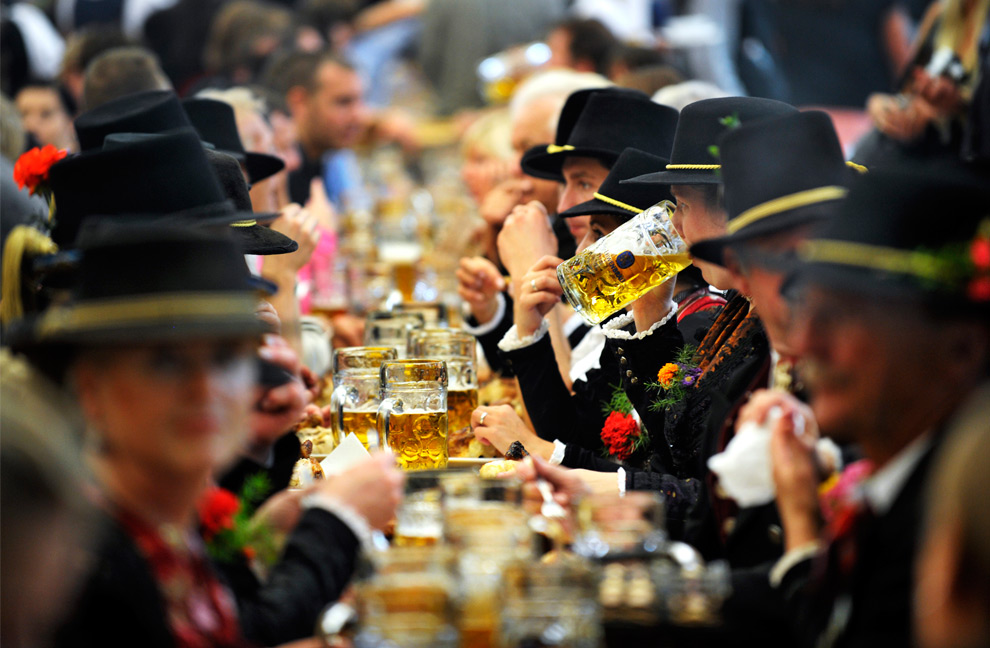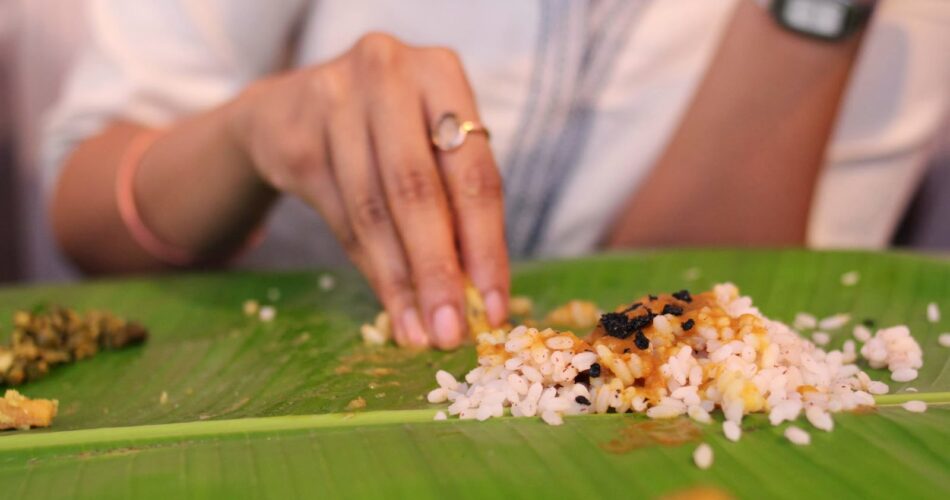Out there is a world where the knife and fork might be replaced by chopsticks or fingers, where slurping is not just allowed but encouraged, and where cleaning your plate dry with some bread is the norm. We brand them weird table manners but in fact they’re local customs that have been passed through the years until they became common behavior. Here are just some instances of the diverse ways cultures express their traditions, values, and etiquette while coming together over a meal.
Slurp your food away in Japan
A behavior for which you might have been scolded as a kid is considered good manners in Japan. Slurping is considered a compliment for a chef, a sign that you’ve enjoyed your food.
Passing the port in the UK
When a bottle of port wine is opened and passed around the table, it is customary to pass it to the left. This practice has nautical roots, where the ship’s port side was to the left when facing forward. Passing to the left allows for the smooth circulation of the bottle without confusion.
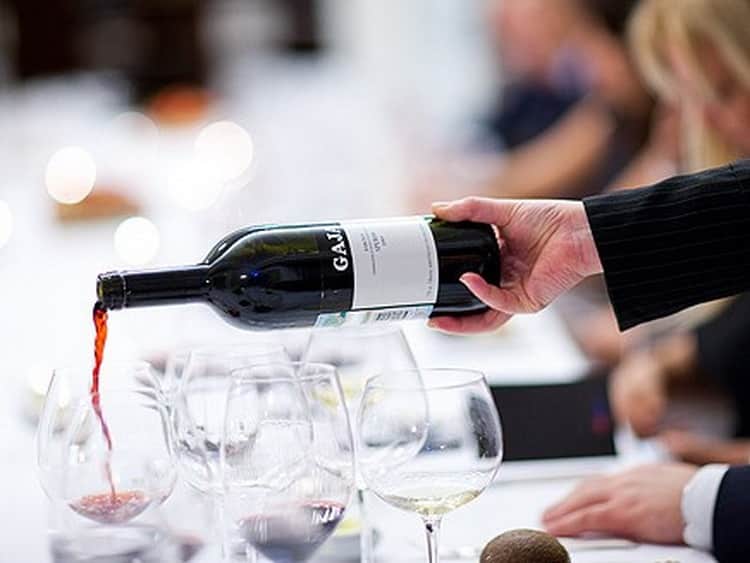
Spaghetti twirling in Italy
In Italy, twirling spaghetti with a fork against the spoon will get you enough side eye and signs to last you a lifetime. The best way to do it would be to simply twirl the pasta in your plate. Authentic Italian pasta is made to be long and thin, making it easier to twirl around your fork.
Loud slurping in Vietnam
Unlike Japan, Vietnam is a no on the slurping so just behave yourself. We know soups like pho are hard to enjoy without making slurping noises but with some practice you’ll be able to enjoy your soup without any sound effects.

Chopstick etiquette in South Korea
In South Korea, stabbing your chopsticks straight on vertically in a bowl of rice is a big no-no as this is a funeral ritual. Use a slight angle, even if you just want to rest the chopsticks in the bowls.
No hands under the table in France
It’s considered impolite to have your hands under the table while eating. Keep your hands visible on the table, but not your elbows. Some believe this etiquette rule dates back to medieval times when it was believed that hiding hands under the table could conceal a hidden weapon.

Sharing food in Ethiopia
In Ethiopian dining it’s common for people to share a single large platter of food, often without utensils. Using your right hand to tear off a piece of injera (a flatbread) and scoop up a portion of the dish is the right way to go.
No tipping in Japan
Tipping is not customary in Japan and can even be seen as disrespectful. The Japanese believe that good service should be the standard, not an extra incentive. If you want to express your gratitude, you can bow, pay them compliments or keep it simple and just say arigato (thank you).
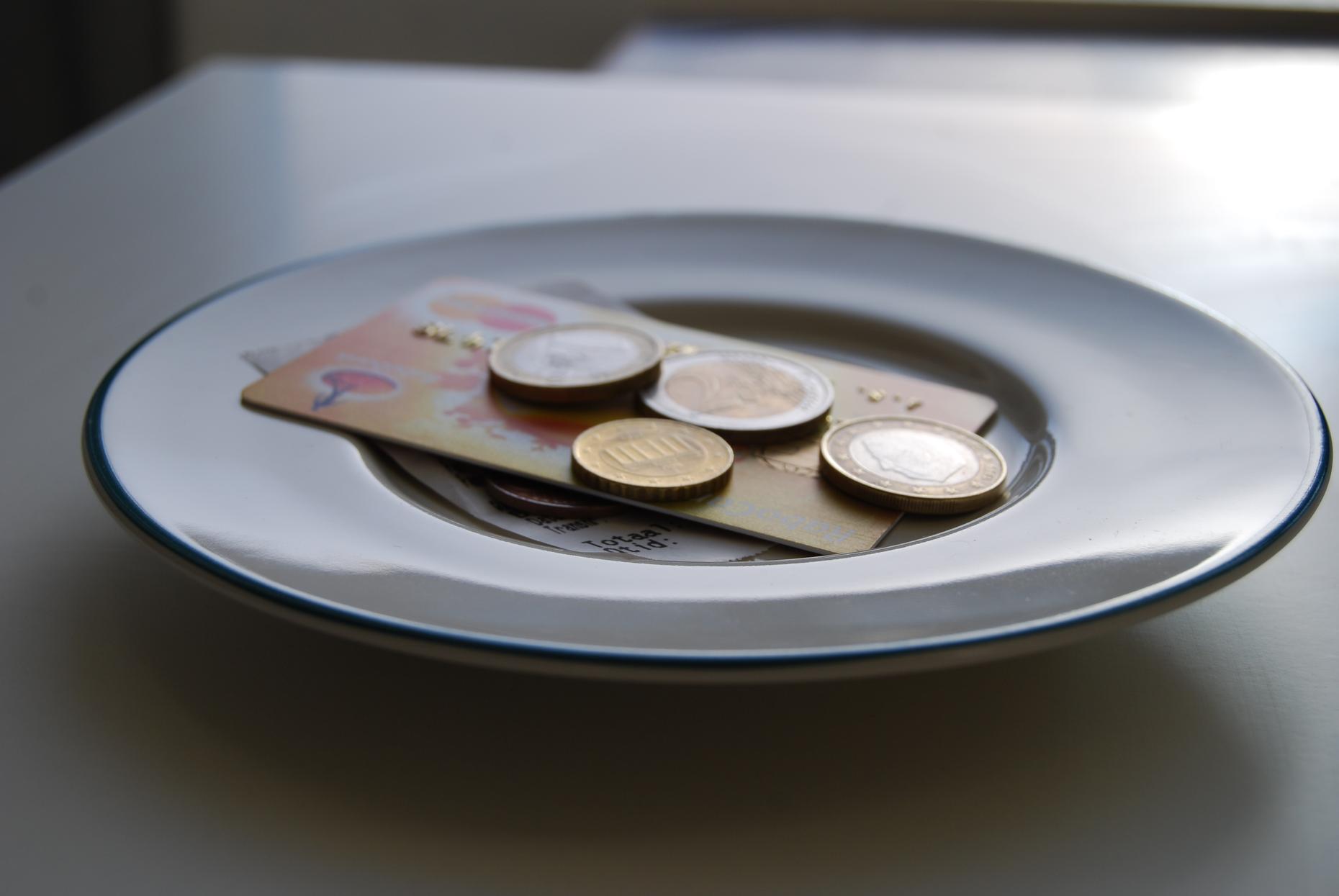
Eating with your hands in India
Using your fingers to scoop up food in India is common, especially when it comes to dishes like biryani or curry. Each finger is thought to represent one of the five elements: earth, fire, water, air, and space. Just remember, it’s your right hand you should be using; the left hand is considered unclean.
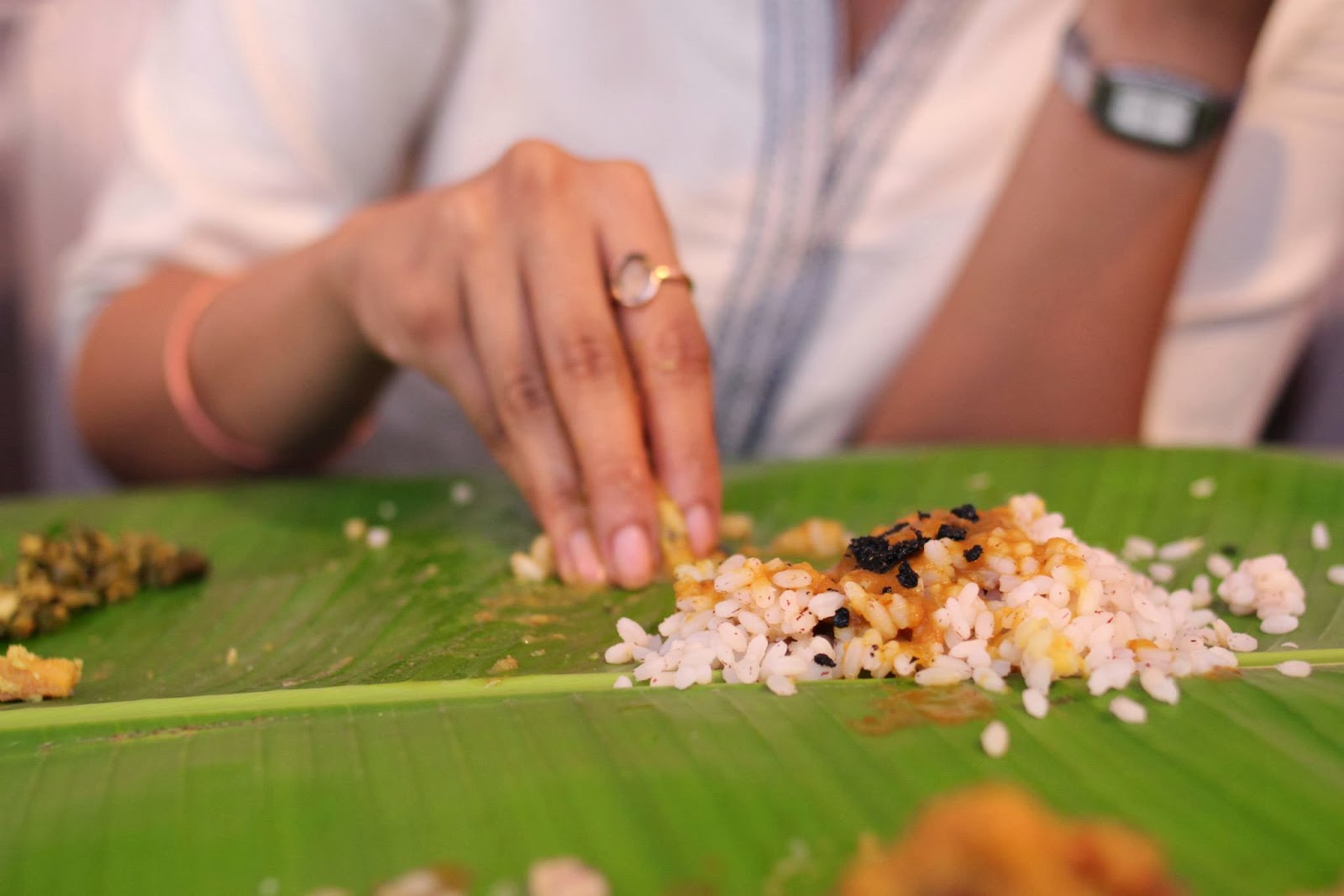
Don’t clink your glass in Hungary
The legend goes back to the 1848 Hungarian Revolution against the Habsburg Empire. After the revolution failed, many Hungarians were imprisoned or executed by Austrian authorities. To celebrate their victory, it is said that Austrian generals would clink their beer glasses together so Hungarians vowed to never clink their glasses again.

Eye contact while toasting in Germany
When clinking glasses in Germany, it’s customary to make eye contact with everyone at the table individually. Failing to do so can bring seven years of bad luck in the bedroom. The tradition is rooted in the belief that by not making eye contact during a toast you will end up with seven years of bad luck and bad sex.
